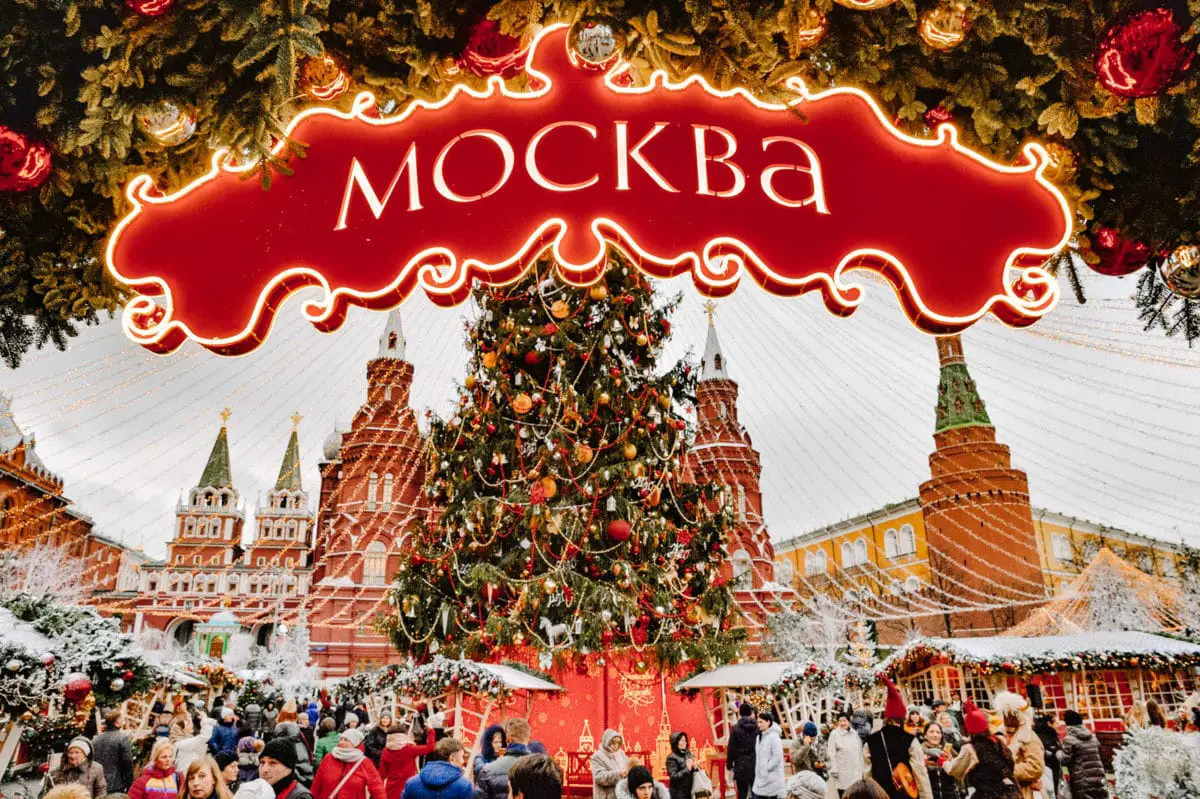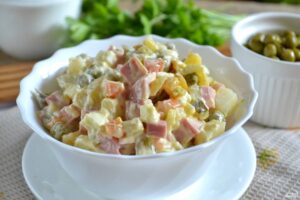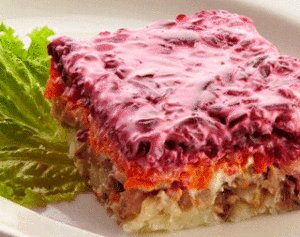The following bilingual Russian MiniLesson is meant to build your vocabulary by providing Russian phrases within English text. Hover over the bold Russian to reveal its English translation
In most of the Western world, Christmas is celebrated on December 25 and is one of the most popular holidays of the year. Families gather to . In Russia, however, Christmas is mainly observed as a , and is celebrated, , on January 7. The most popular holiday in Russia is without a doubt New Year’s. Many Russians , as this time is often the .
Many traditions that in Europe and the US are associated with New Year’s in Russia. For example, almost all Russian families will for New Year’s, similar to the tradition of decorating a Christmas tree in the West. Several came to Russia from other countries. Some sources say that came from Germany, and the tradition of came from France.
The holiday is heavily associated with food. New Year’s meals in Russia often consist of several salads and perhaps one or two main dishes. Салат «Оливье» (Olivier salad) and Сельдь «под шубой» (herring “under a fur coat”) are two staples of the holiday, to be found on nearly every table. . .
are also associated by many Russians with the holiday. Oranges, tangerines, plums, and other fruits were also once special (and expensive) holiday treats in the West. However, advances in transport and storage technology helped reduce the price of fruit in winter and the West largely abandoned the tradition by the mid-20th century. In Russia, however, the Soviet government often imported tangerines specifically for the holiday until the late 20th century, helping to maintain the tradition in Russia.
Just as children in the West anxiously wait for Santa Claus to bring them presents, Russian children expect . Дед Мороз – a traditional Russian carriage driven by three horses. He travels with his , and appears after . It is fairly common now for parents in Russia to hire actors from an agency to play Дед Мороз and Снегурочка at family holiday parties. The actors are asked to and often . The characters are also hired to come to schools, work places, and can be found roaming the city festivals that also occur in nearly every major Russian city and town.
Little children, as a rule, , just as many Western children believe in Santa Claus. They for his arrival: children – often in their best clothes or in carnival-like costumes and for Дед Мороз, who gives them presents as a reward for their performance. At schools, children have a or, for younger children, a , where they and play . Many theatres will also offer special ёлки, a term that literally means “fir trees,” but refers to a specific type of party and performance. These are always holiday themed, geared for children, and often (but not always) interactive.
Above: a video of a Russian утренник, a New Year event held at most Russian schools. The children most often act as both performers and audience members in an event that often lasts about an hour.
If Дед Мороз does not come in person, he brings presents at night and . Дед Мороз is usually pictured as using the front door or entering by magic. This is one way that he differs from Santa Claus in the West who is .
, , and or . He carries a , which is usually described as magical. Unlike many images of Santa in the West, and . He is also usually pictured as a very tall and fit man, despite his age.
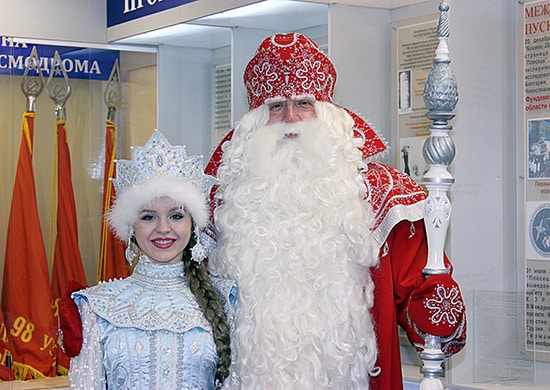
As for adults, , most often with a lot of food and a few presents. Often, the TV will be on in the background, playing classic movies such as or special variety programs that aired with very limited commercial breaks thanks to one sponsor that usually gets generous product placement during the show. The most popular of these is called, appropriately, .
Some Russians prefer to . , , or . New Year’s Eve spent at a club or restaurant will usually be quite expensive and places must be reserved weeks in advance. For Muscovites, it is increasingly popular to go to Suzdal or some other town near Moscow to , where the experience is cheaper and more rustic.
. Shortly before midnight, the country’s president which is carried on several national channels. The picture then shifts to show . At this time, , and some people .
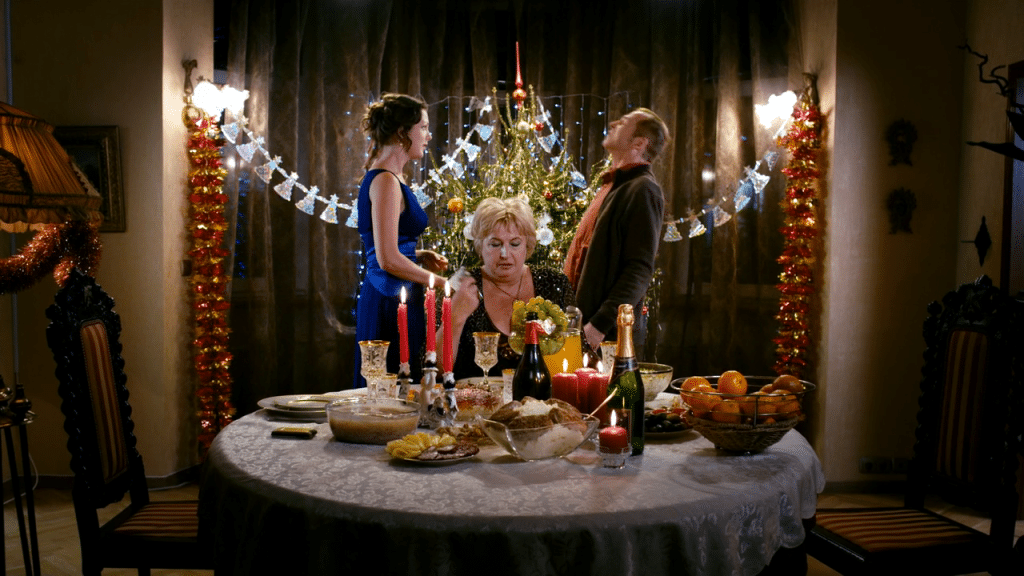
In some families, people and then , or just . , . In fact, a whole series of movies were set up around this belief. Appropriately called “,” the films bring together a wide range of characters through complicated plot lines that end up fixing families, finding love, bringing joy, and a whole host of other miracles.

